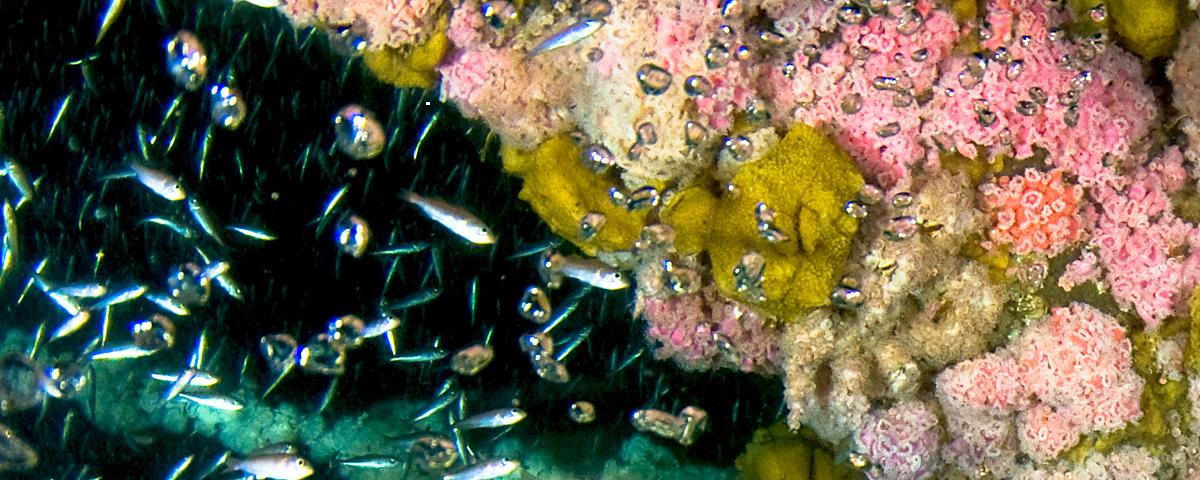The marine life of an offshore oil platform
Abstract
Our research at Union Oil Platform EVA, off Huntington Beach, California, USA, was aimed at understanding how man-made offshore structures function as artificial reefs and how they modify the surrounding marine environment Underwater surveys were conducted to determine (1) the distribution, standing stock and productivity of attached fouling organisms, (2) the density, size-structure, and biomass of epibenthic populations beneath the platform, and (3) the abundance, species composition and distribution of epifaunal and infaunal benthos as a function of distance away from EVA The platform substructure is overgrown with dense clumps of sea mussels An estimated cubic meter of mussels falls from the platform each day, supporting extraordinary densities (29 m2) of sea stars on the bottom Sea stars are prevented from climbing up onto the platform by bands of stinging sea anemones on EVA s base The adjacent sand community is strongly influenced by EVA s presence with densities of some species greatly enhanced and others significantly reduced by proximity to the structure A trophlc model of dominant fauna1 elements in the oil platform ecosystem indicates high productivity and turn-over rates for the attached community.

